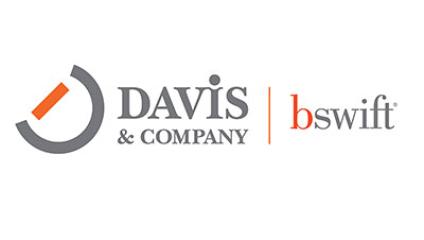
While working on change communication projects, I’ve noticed that most clients understand the importance of communicating and know that it’s essential to be transparent with employees.
However, I’ve also observed that in the rush to get announcements out, sometimes essential information is overlooked. Employees not only want to know what’s changing, they also need details that explain the context behind the change.
Here are three ways to provide employees with critical information when communicating organizational change:
1. Share why changes are necessary.
Explain the “why” to avoid any confusion and help employees understand the change. Be candid and let employees know what’s in it for them. Also, be sure to share how the change will help the company meet its strategic objectives.
For example, when communicating changes to the 401(k) policy, create a Frequently Asked Questions (FAQs) document and distribute it to managers. Then, have managers hold small meetings with each of their departments to explain the “why” in detail.
2. Communicate what employees need to do.
Share any steps or action items that employees need to take. Let them know about additional communications or resources, such as FAQ documents, that will help them further understand these important changes.
For example, if your company is making changes to its healthcare coverage, draft a short email that outlines the upcoming action items and highlight important deadlines. Be sure to send reminder emails before every major deadline.
3. Explain what will and won’t change.
It’s easy to jump right into communicating what is changing, but you also need to let employees know what isn’t changing. Employees are sometimes wary of change, so letting them know some aspects are staying the same will ease some of the uncertainty.
For example, when communicating changes to the work from home policy, create an infographic showing a side-by-side comparison of what isn’t changing, as well as what is changing. This way, employees can see everything at a glance and there are no surprises.
The next time you need to communicate change at your organization, remember to include the context employees need .




